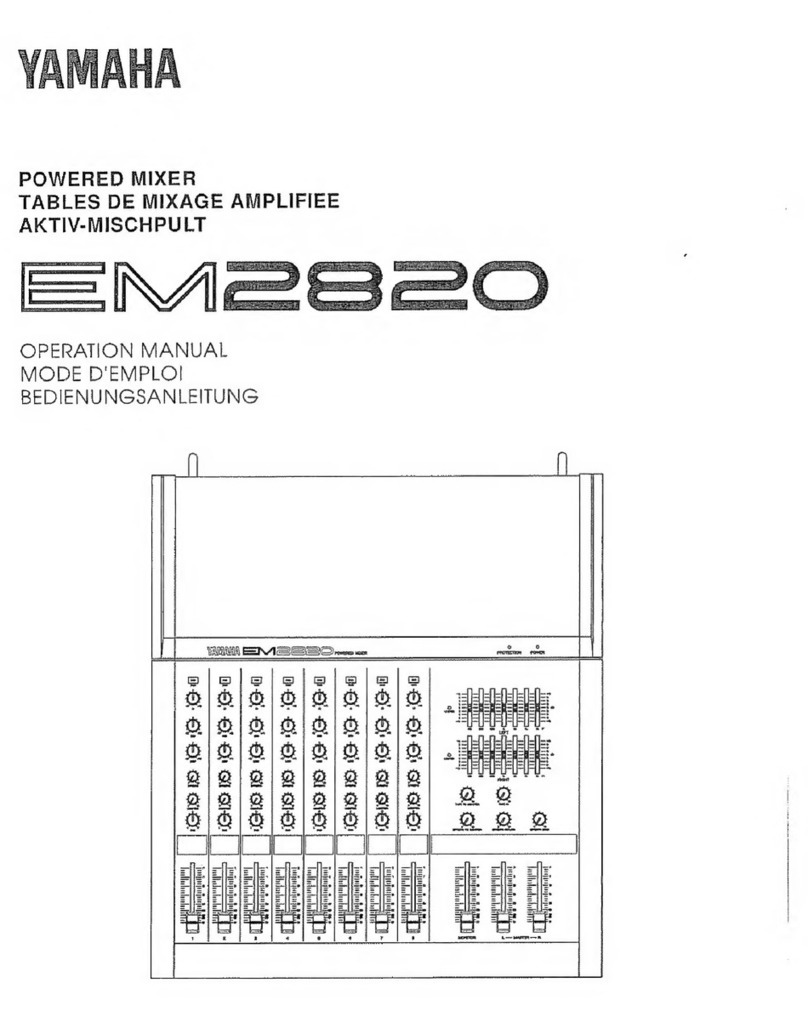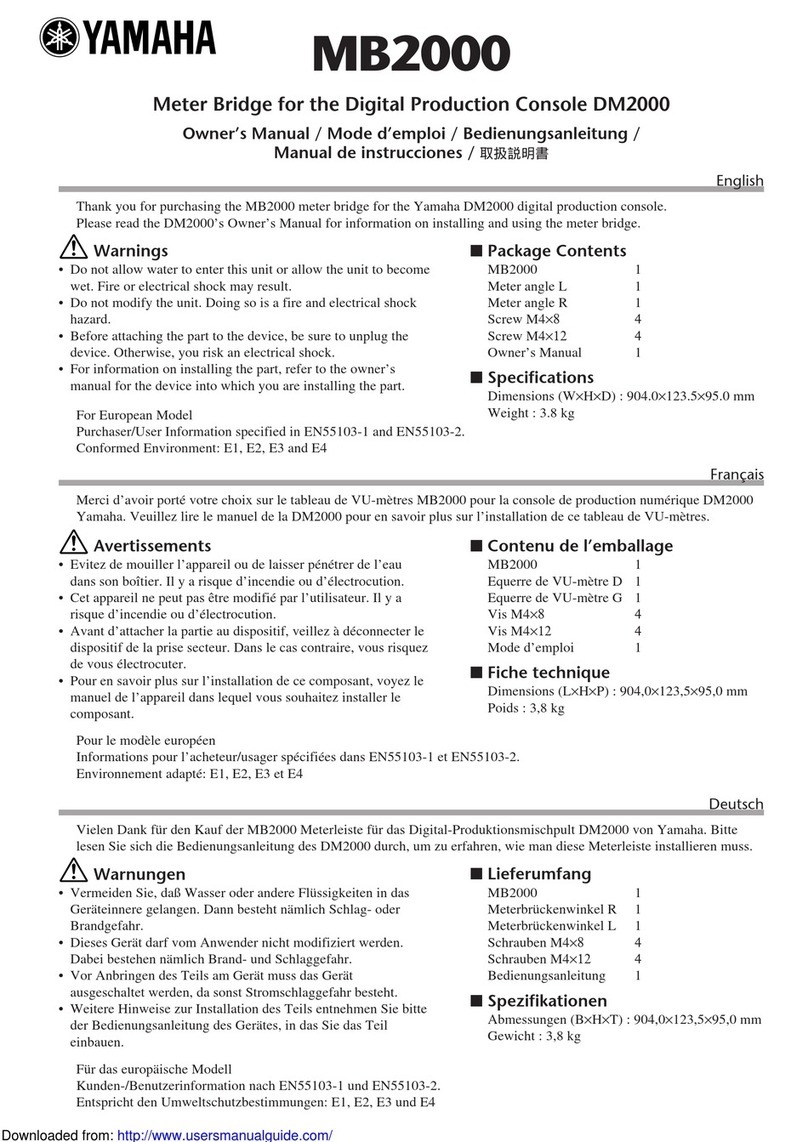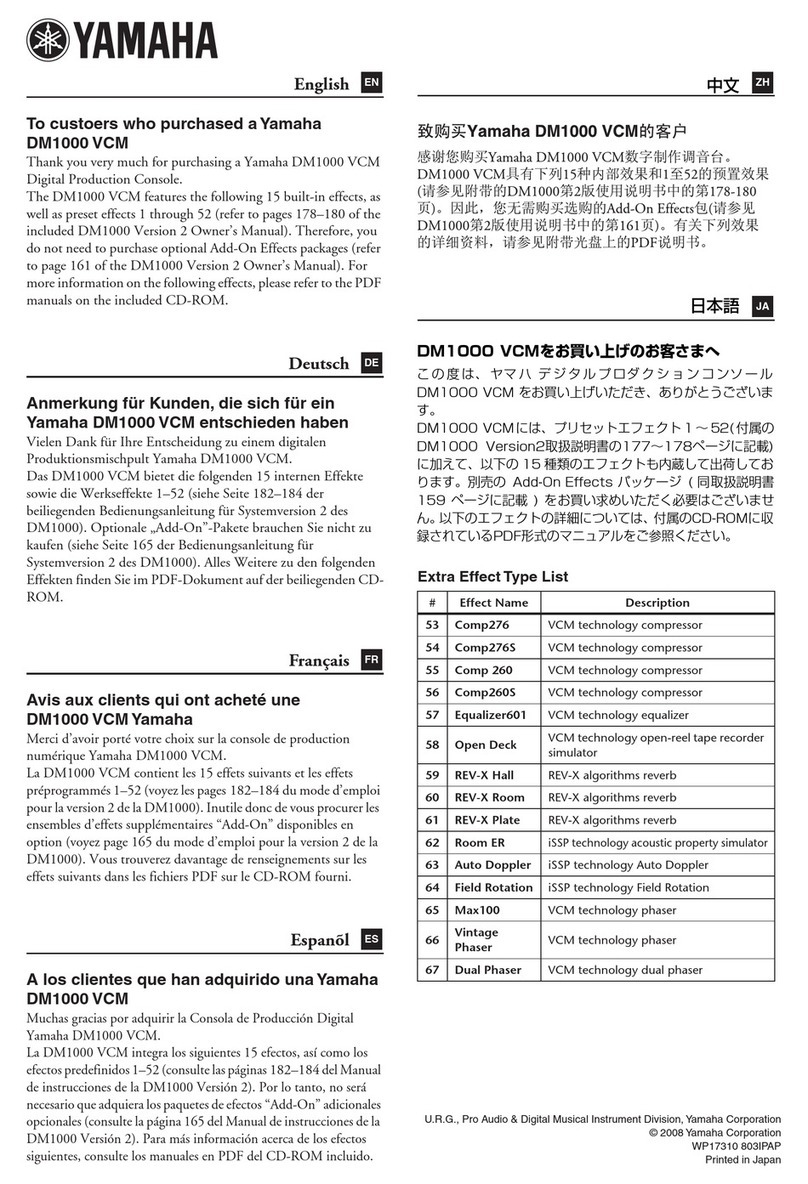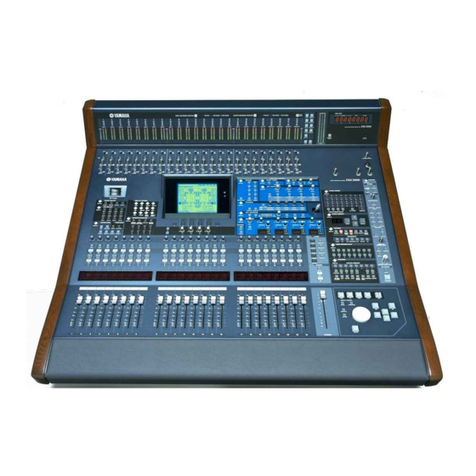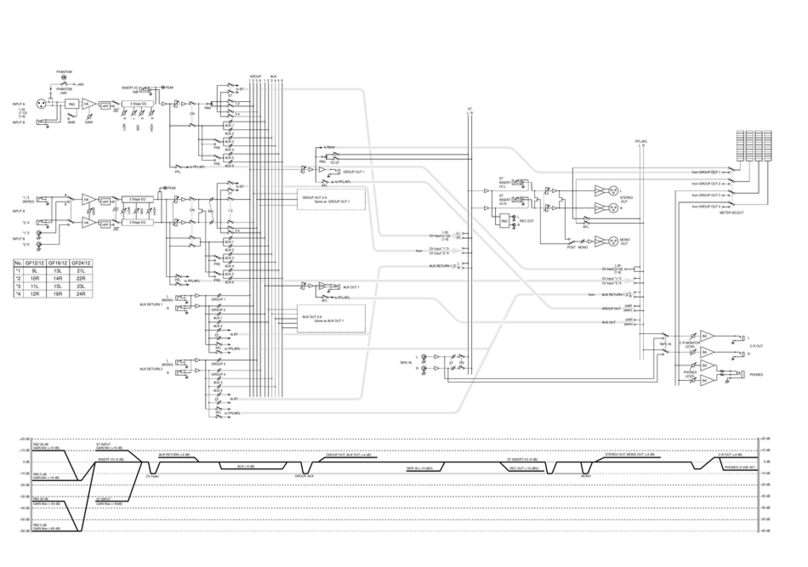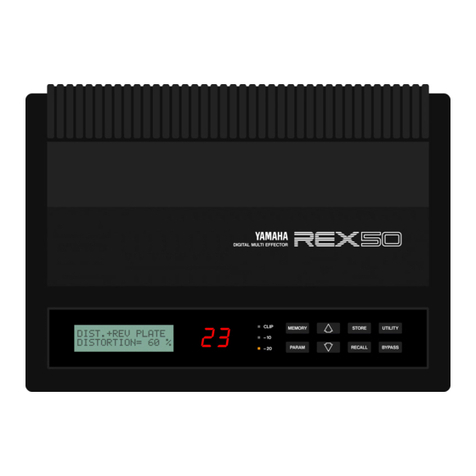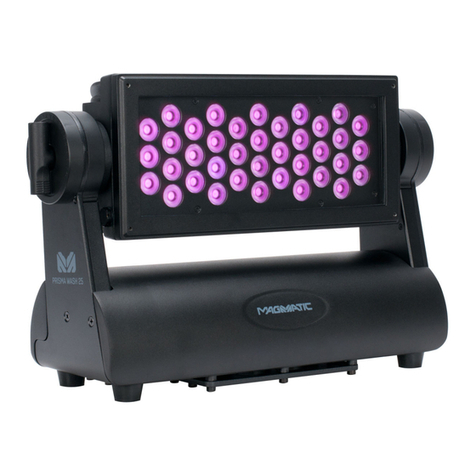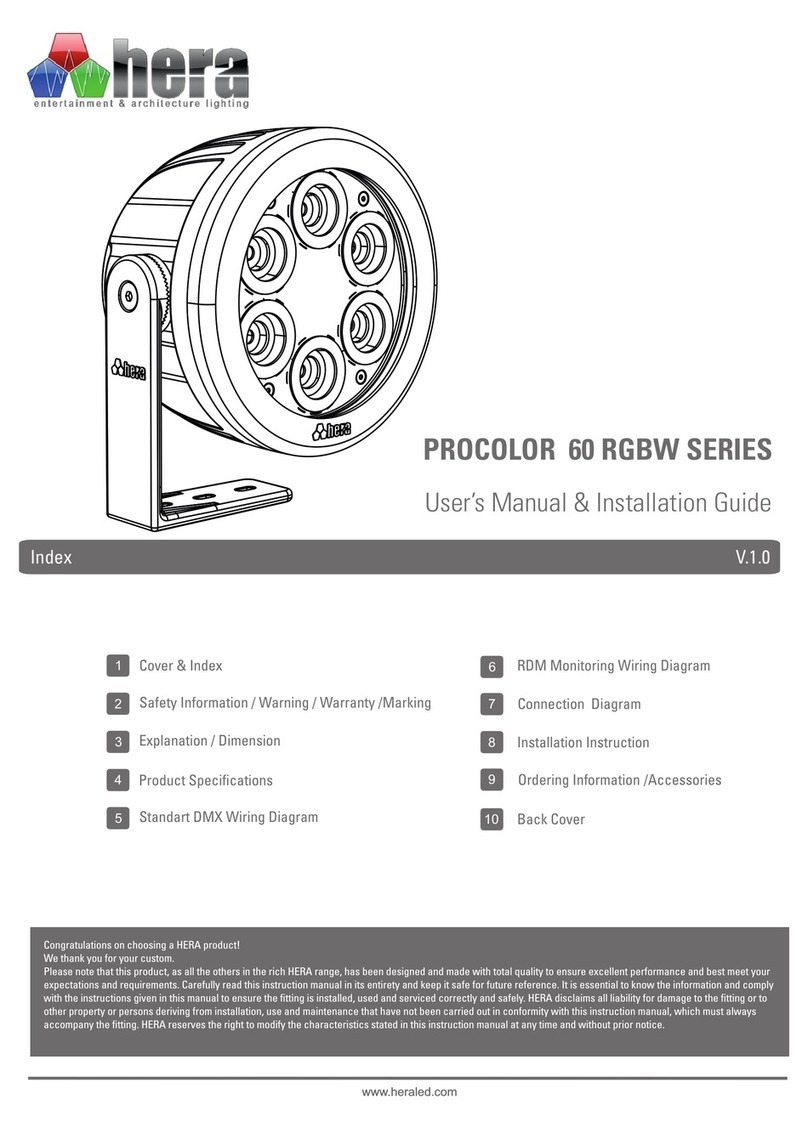
CONTENTS
CAUTION
(PREPARED
IN
ACCORDANCE
WITH
UL
STANDARD
1270)
............................
2
THE
CONTROLS
AND
THEIR
FUNCTIONS.
...................
eese
nennen
nennen
enn
EE
3
РНЕСАЮТІОМ85...............................................................
AAMAS
NOCH
uses]
sese
se
кенен
кек
nen
nn
nnn
3
REAR-PANEL
СОММЕСТІОМ8..............................................................ҡ1.
)
616
nennen
7
APPLICTION
EXAMPLES
................
ET
9
SPECIFICATIONS.
...............................................................
ыш
аманат
анаа
nn
enne
nen
11
BLOCK
ШІАСВАМ...............................................................
жақан
а
adesse
use
nisse
nen
enn
13
LEVEL
DIAGRAM
...........................................................1..2Һ2.....2...1...........(.«кеə
кекке
ке,
14
TABLE
DES
MATIERES
"=
*
m»
moa
* n а »
RB
BOR
а
à
» 4 » а а
ав
€
B»
а
X P
9
"^
€ € 4 P
еэ
а
9
а
»
» » п п
M а
mo»
» e
:
CONNEXIONS
DU
PANNEAU
ARRIERE
.............................
eme
ehe
hne
hn
21
EXEMPLES
D'UTILISATION
..................................................2...........2...
23
CARACTERISTIQUES
.................................................................24....
25
SCHEMA
SIMPLIFIE
.................................................4..2
1
3
12222222...
9
o»
9
GOUSSO€
тт
-»OGOB
O2
ьп
па
еп
оа
POR
AO
BOR
BOB
8 4 à 9 9 з
U
5
9 ^ B B 4
b
om
u
n»
»
m m
uw
оп
» m m п
«
п
h
» »
b &
4
3
ва
INHALTSVERZEICHNIS
VORSICHTSMASSNAHMEN
.......
TM"
BEDIENUNGSELEMENTE
UND
FUNKTIONEN
ee
I
eme
e
n
rn
eee
hh
31
RÜCKSEITIGE
ANSCHLÜSSE
................................
MM
35
:
ANWENDUNGSBEIÏSPIELE
...............
EE
37
TECHNISCHE
DATEN
........................................
TED
НН
39
BLOCKSCHALTBILD
..................................................
......
..............
..
41
PEGELDIAGRAMM
.....................
АНН
МНТ
ЕН

